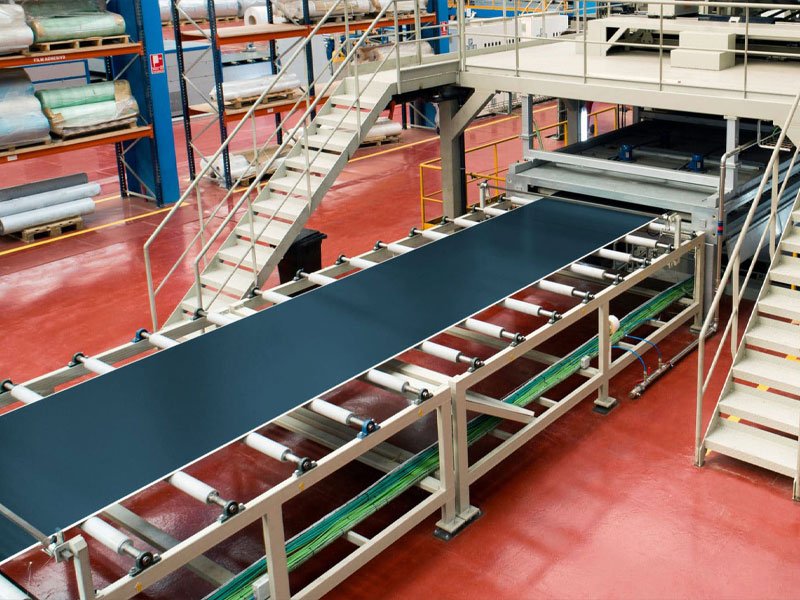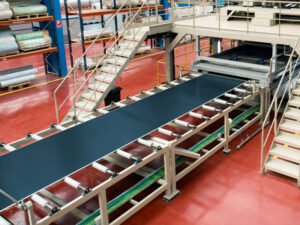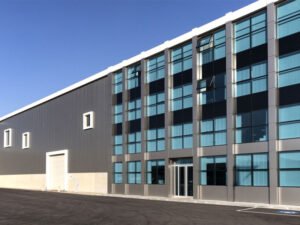Aluminum Composite Panels (ACPs) have revolutionized modern architecture and design with their exceptional qualities and versatile applications. Whether for exterior cladding or interior decor, the quality of aluminum composite panels plays a crucial role in their performance and longevity. In this article, we will delve into the factors that determine the quality of ACPs and why they are a preferred choice for architects and builders.
What Are Aluminum Composite Panels?
Aluminum Composite Panels are composed of two thin layers of aluminum enclosing a non-aluminum core, usually made of polyethylene or a fire-retardant mineral. This composition offers a blend of lightweight characteristics and robust durability, making ACPs suitable for various architectural applications.
Key Factors Determining the Quality of Aluminum Composite Panels
1. Material Composition
The quality of the core material significantly impacts the overall performance of ACPs. High-quality panels often feature a core that is either fire-retardant or made from superior polyethylene, enhancing the panel’s strength, fire resistance, and durability.
2. Aluminum Skin Thickness
The thickness of the aluminum layers (skins) on either side of the core is a crucial quality determinant. Thicker aluminum skins provide better durability, impact resistance, and rigidity. Typically, the thickness ranges from 0.12mm to 0.50mm, with higher thicknesses indicating better quality.
3. Surface Coating
The surface coating of ACPs contributes to their aesthetic appeal and protective qualities. High-quality panels feature advanced coatings such as PVDF (Polyvinylidene Fluoride) or FEVE (Fluoropolymer), which offer excellent UV resistance, color retention, and weatherability. These coatings ensure the panels remain vibrant and undamaged over time.
4. Manufacturing Process
The manufacturing process of ACPs affects their quality. Reputable manufacturers use advanced production techniques and stringent quality control measures to ensure the panels meet high standards. Consistency in panel thickness, flatness, and bond strength are indicators of a high-quality manufacturing process.
5. Fire Resistance
Fire resistance is a critical factor in determining the quality of aluminum composite panels. High-quality ACPs are engineered with fire-retardant cores that comply with international fire safety standards, providing enhanced protection and safety for buildings.
6. Durability and Longevity
Quality ACPs are designed to withstand various environmental factors such as moisture, temperature fluctuations, and UV radiation. Their durability ensures that the panels maintain their structural integrity and appearance over time, making them a cost-effective investment.
Benefits of High-Quality Aluminum Composite Panels
1. Aesthetic Versatility
High-quality ACPs offer a wide range of finishes, colors, and textures, allowing for creative and customized designs. They can mimic natural materials like wood or stone, providing aesthetic versatility for both interior and exterior applications.
2. Ease of Maintenance
Superior ACPs require minimal maintenance, thanks to their durable surface coatings. Regular cleaning with mild detergent and water is sufficient to keep them looking new, reducing maintenance costs and efforts.
3. Enhanced Safety
Using high-quality, fire-retardant ACPs enhances the safety of buildings, especially in high-rise constructions and public spaces. Compliance with fire safety standards ensures better protection for occupants and property.
4. Cost-Effectiveness
While high-quality ACPs may have a higher upfront cost, their durability, low maintenance, and long lifespan make them a cost-effective choice in the long run. They reduce the need for frequent repairs and replacements, offering better value over time.
Applications of High-Quality Aluminum Composite Panels
1. Exterior Cladding
High-quality ACPs are ideal for exterior cladding, providing a sleek and modern look to buildings while protecting against weather elements. They are commonly used in commercial buildings, residential complexes, and institutional structures.
2. Interior Design
In interior design, ACPs are used for wall panels, ceilings, partitions, and furniture. Their aesthetic versatility and durability make them a popular choice for creating contemporary and stylish interiors.
3. Signage and Corporate Identity
ACPs are widely used in signage and branding, offering a professional and polished appearance. High-quality panels ensure that signs remain vibrant and undamaged, effectively representing corporate identities.
4. Renovations and Refurbishments
ACPs are also used in renovation projects to update and modernize existing buildings. Their ease of installation and wide range of design options make them suitable for giving old structures a fresh and contemporary look.
Conclusion
The quality of aluminum composite panels is a crucial factor in their performance, longevity, and aesthetic appeal. By understanding the key determinants of ACP quality, architects, builders, and designers can make informed decisions for their projects. High-quality ACPs offer numerous benefits, from enhanced durability and safety to aesthetic versatility and cost-effectiveness.
Investing in superior aluminum composite panels ensures that your buildings not only look impressive but also stand the test of time, providing a durable and stylish solution for various architectural applications. Choose quality ACPs for your next project and experience the difference they can make.



